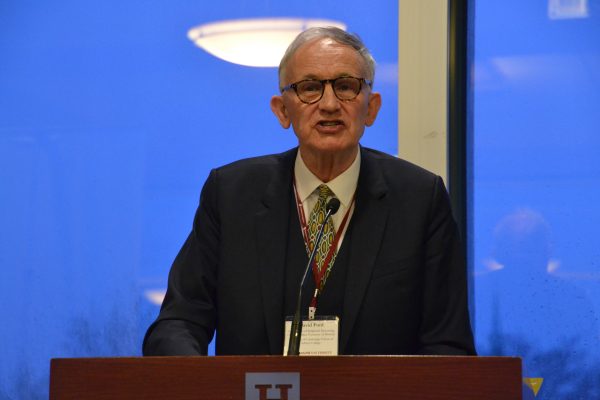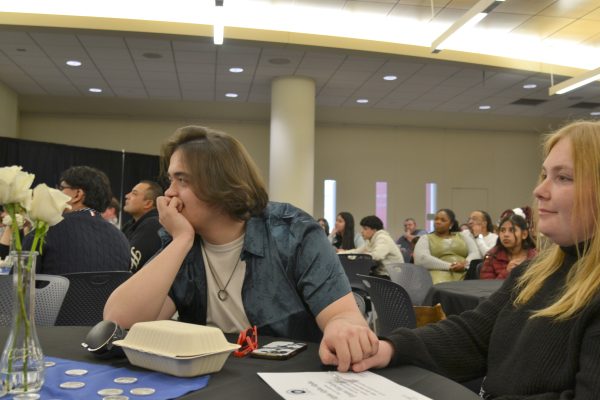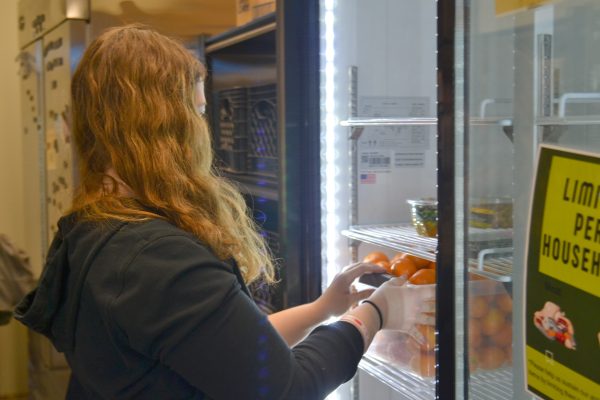Student dig proves groundbreaking
Interdisciplinary class digs into community, varied perspectives, local history.
Students and community members dig at one of three sites near Bush Memorial Library.
October 19, 2016
Students were challenged to understand their skills and community in a collaborative, interdisciplinary manner with the “Dig Into Local History” event at the site of the old Simpson White House, east of Bush Library.
The event was primarily hosted by the students of Associate Professor Brian Hoffman’s Anthropology 3130 class, “Excavating Hamline History.”
“It was definitely a team effort,” Hoffman said. “The students took responsibility for the social media accounts, the posters—the event was entirely promoted by them.”
Senior Virginia Block said that the class composition was diverse in field of study, including anthropology majors but also those in history, political science, communications and even graphic design.
“We all bring something to the table,” Block said.
In fact, according to Hoffman, a requirement for applying to the class is a digital submission describing a student’s skills and how they would be applied to an interdisciplinary discussion on Hamline history.
“I think you learn more about yourself from working in an interdisciplinary setting,” Hoffman said.
He confirmed the importance of having many different fields of study in the class, saying that it prompts a realization of how a particular major cultivates skills and talents.
“[Students can say] ‘these are the skill sets that I bring to a project, to a community,’” Hoffman said. The Hamline community, comprised of both Hamline students and local families, was encouraged to come together and share in the study of local history.
Junior Martin Peper said that the event was based around “getting people from the community involved in the history [of the neighborhood].”
Peper said that he thought the dig gave residents of the neighborhood not only a chance to connect with students and the history of Hamline, but also to connect the history to their own lives.
“When people get to see these historical sites,” he said, “they can say, ‘Oh, this might not necessarily be my history, but it’s the history of where I live.’”
Hoffman explained that overall, the class and its connection to the local community reflected a need for greater connection between students and Midway residents, and for engaging with different perspectives and points of view..
“If I were in charge,” Hoffman said, “I would make ‘interdisciplinary’ a requirement as well as ‘disciplinary.’”
The students from his class spent much of the dig moving between groups, describing procedures and offering their perspectives on the event.
The whole event ran from 10 a.m. to 2 p.m. with attendees helping the class to dig at the site in three different locations. There were also stations where those interested could “sheet,” or separate the bigger objects of interest from the rest of the soil.
A table set up on-site offered additional information, such as historical maps of the campus and examples of things that had been found already on different digs.






